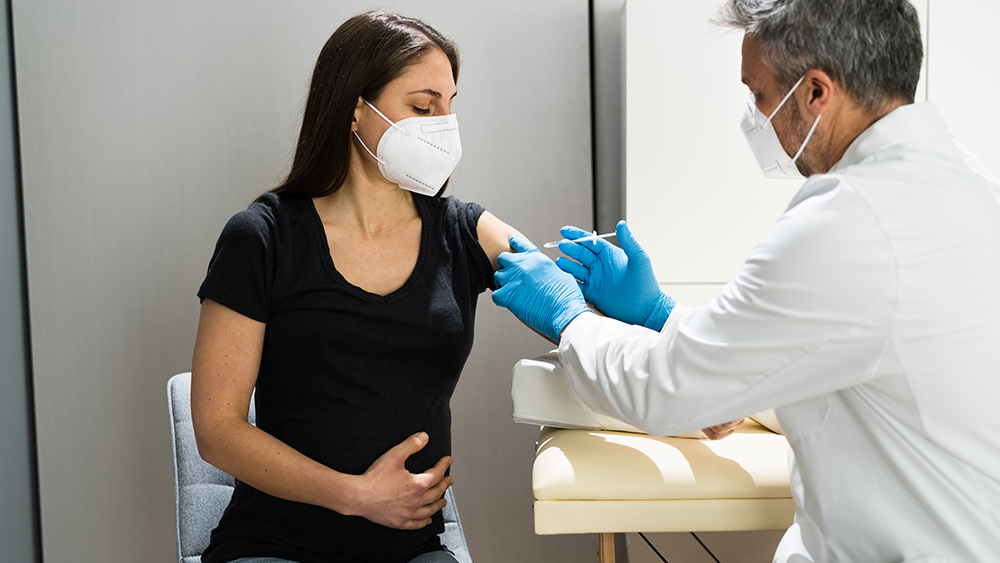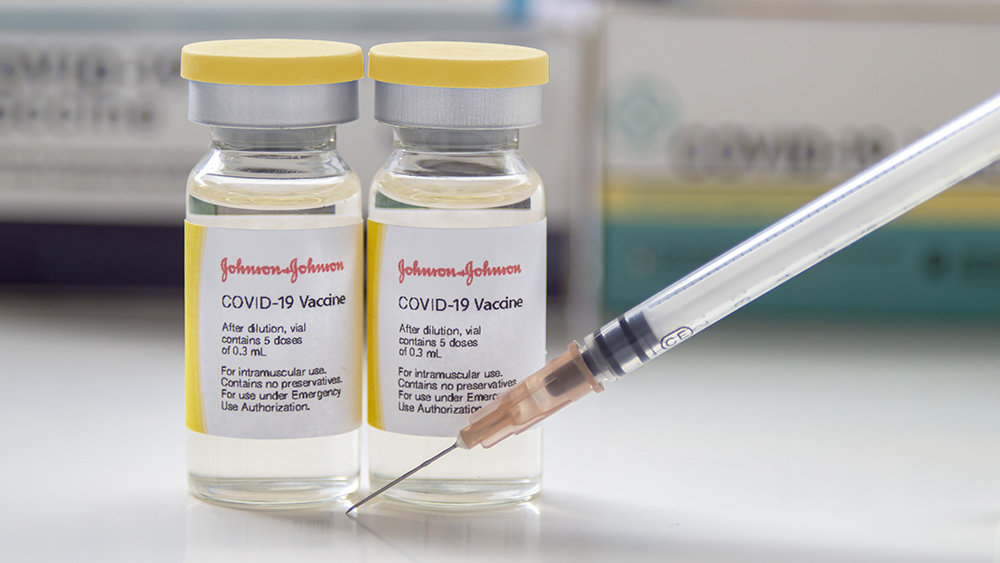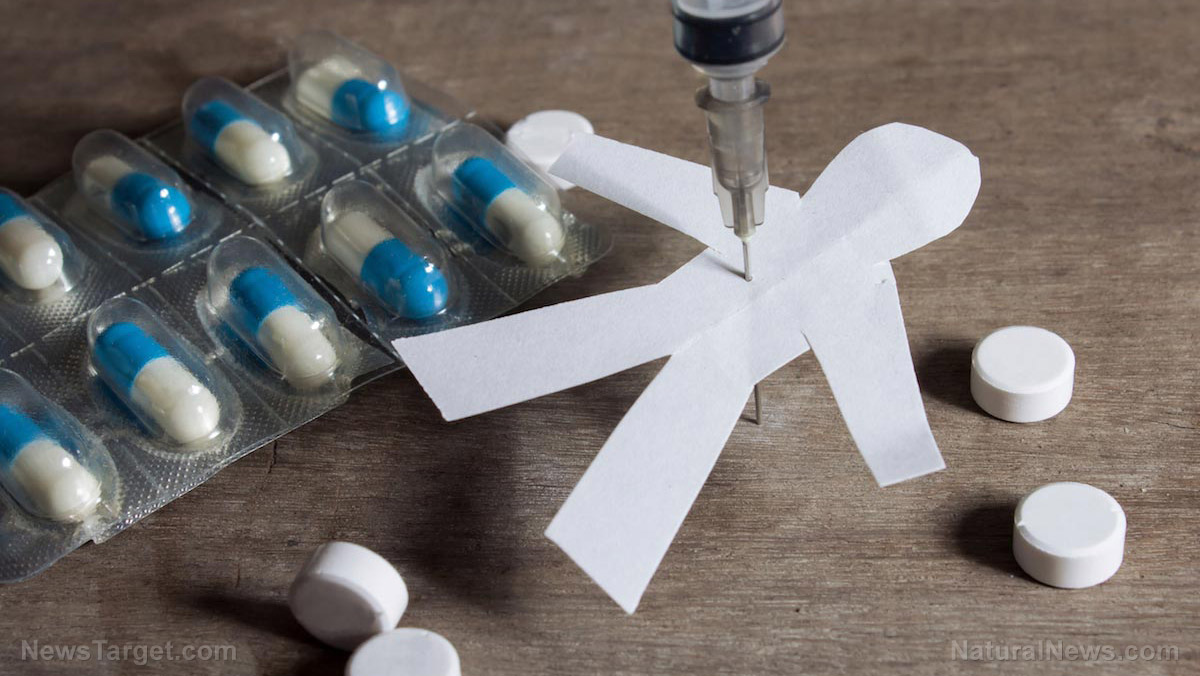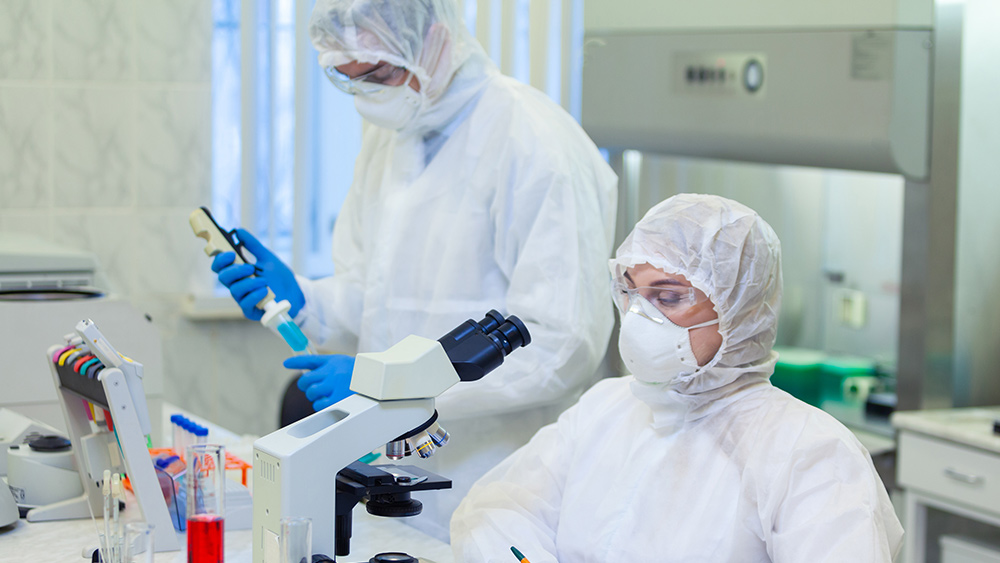Some COVID-19 patients still can’t smell after a year, while others experience distorted smells
06/29/2021 / By Cassie B.

Some COVID-19 patients who have recovered from the virus are still experiencing a loss of smell a year later, according to a new study.
Anosmia, the scientific term for a total or partial loss of smell, is considered one of the most common symptoms of COVID-19 – so much so that it is the symptom that made many people aware they had contracted the disease in the first place.
Although many patients will recover their sense of smell rather quickly once they have gotten over the illness, some people are still not able to smell several months – or even a year – after the fact.
According to a French research team, 96.1% of patients recovered their sense of smell a year later, but nearly 4% still are not able to smell, and scientists aren’t sure when or if their sense of smell will ever return.
Some studies have suggested that the loss of the sense of smell is a better predictor of the disease than other symptoms like fever and cough, particularly because other symptoms could point to cold or flu instead.
The reason COVID-19 can cause this frustrating and potentially dangerous problem is related to a receptor in some cells in the olfactory epithelium known as ACE2. This is a protein that binds to the spike protein found on the virus that causes COVID-19. Although scientists do not know precisely how the olfactory sensory cells die, they do know that it doesn’t impact the olfactory sensory neurons that are responsible for bringing sensory signals to the brain, affecting the olfactory epithelium and sustentacular cells instead.
Some patients are also experiencing distorted smells
The loss of smell that is experienced by COVID-19 patients is very different from other types of anosmia, such as the anosmia caused by the inflammation that leads to sinusitis. Interestingly, before their sense of smell returns, some patients are experiencing parosmia, which occurs when you smell something that you should not be smelling – and it is most often an unpleasant odor.
One woman who spoke to the New York Times explained how parosmia caused her toothbrush to taste dirty, prompting her to replace it before realizing the toothpaste was the problem. Coffee smelled like gasoline to her, and she said she spent a lot of money on groceries that she couldn’t end up using as a result. More than one patient has reported being unable to tolerate onions, garlic or meat.
This problem can even be dangerous as it could leave people unable to detect gas leaks or fires in their home – something that happened to a family in Waco, Texas, who were unable to detect that their house was on fire thanks to a loss of smell due to COVID-19. Although they were able to escape in time, their house could not be saved.
Researchers believe that this is due to a faulty rewiring of a circuit in the brain that gives people the wrong scent. This eventually resolves itself in some people and patients can regain their sense of smell, although it may not be as strong as it was before their infection.
The Global Consortium of Chemosensory Research reports that 80 percent of people who had COVID-19 symptoms lost their sense of smell, and many of these people also lost their sense of taste. The loss of the sense of smell happens early on, typically within the first few days of infection.
Researchers are now exploring the question of whether smell loss has some sort of protective effect, such as serving as some type of immune reaction that turns off the olfactory neurons so the virus cannot make its way to the brain.
Sources for this article include:
Tagged Under: anosmia, brain function, brain health, coronavirus, covid-19, infections, parosmia, research, sense of smell, sense of taste, spike protein, superbugs
RECENT NEWS & ARTICLES
COPYRIGHT © 2018 BIOLOGICALWEAPONS.NEWS
All content posted on this site is protected under Free Speech. BiologicalWeapons.news is not responsible for content written by contributing authors. The information on this site is provided for educational and entertainment purposes only. It is not intended as a substitute for professional advice of any kind. BiologicalWeapons.news assumes no responsibility for the use or misuse of this material. All trademarks, registered trademarks and service marks mentioned on this site are the property of their respective owners.





















